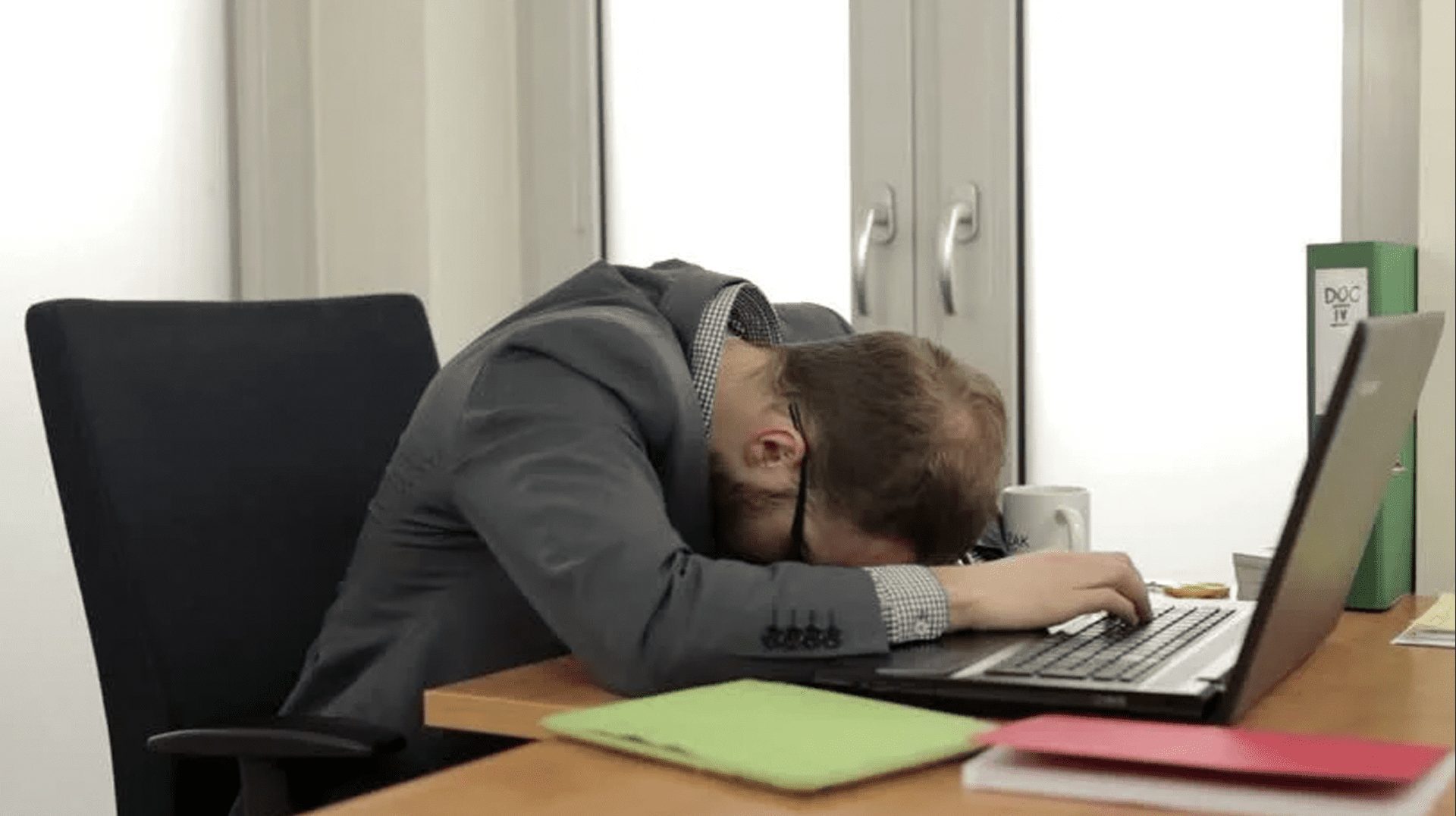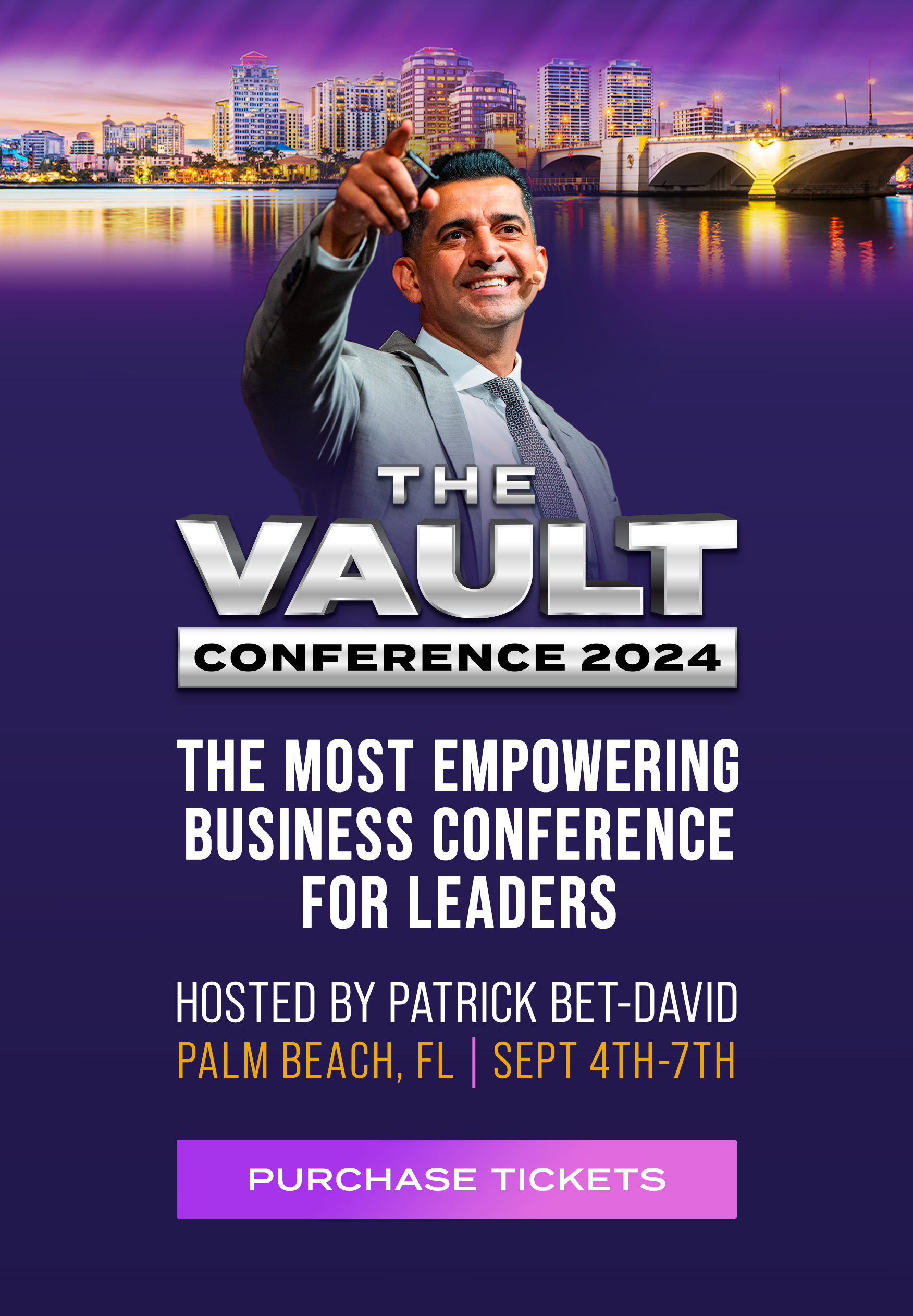Welcome to March 2021.
As everyone knows, it was March of 2020 when a new word entered the vocabulary of tens of millions of adults, teens, kids, college students, corporate workers, athletes and entrepreneurs, and for most everyone, it’s still a big part of their daily routine.
“Zooming.” It’s the phrase that has replaced phrases like ‘videoconferencing,” and it defines the process of sitting in front of a computer, attending meeting after meeting on the web platform Zoom.
A Stanford University research team has spent an entire year studying this subject, to determine if “Zoom Fatigue” is a thing.
If you are in a fog by the end of your workday you might think you have your own data or opinion on this subject, but wait until you find out what the brainiacs at one of the most prestigious universities in America discovered.
It just might make your head spin, or at the very least, cause the “Zoom Fatigue” induced drool that’s accumulated on the side of your mouth to fall onto your keyboard…
Stanford Professor Jeremy Bailenson, the founding director of the Stanford Virtual Human Interaction Lab, examined the psychological consequence of spending so many hours per day on Zoom.
His analysis was very in-depth, and the findings were published in the journal Technology, Mind and Behavior on February 23.
In the report, Bailenson identified four consequences of prolonged video chats. These are the four things that lead to Zoom fatigue, which he found was very real, and very prevalent.
The first thing Balienson discovered is that excessive amounts of close eye contact to the screen is highly intense, and very much a contributor to Zoom fatigue.
The professor made a really interesting point, saying that during regular meetings, an attendee will be scanning the room, looking at the speaker, the person next to them, a notebook in front of the, and a dozen other places.
On a Zoom call, you are locked in on the screen and staring at all the attendees simultaneously. The amount of eye contact you make is increased dramatically.
He told the Stanford News “social anxiety of public speaking is one of the biggest phobias that exists in our population. When you’re standing up there and everybody’s staring at you, that’s a stressful experience.”
Bailenson’s suggestion: Take Zoom out of the full-screen option and reduce the size of the Zoom window. Also, use an external keyboard to allow an increase in the personal space bubble between yourself and the grid of faces you are looking at.
The second discovery he made is fatigue sets in from seeing yourself on video chats constantly in real-time.
It’s nice to see how you look as you present yourself to others in a meeting off the top, so you can make an adjustment if you need to, but who wants to see themselves for the entire duration of a meeting and literally multiple hours every day? It’s unnatural. “In the real world, if somebody was following you around with a mirror constantly – so that while you were talking to people, making decisions, giving feedback, getting feedback – you were seeing yourself in a mirror, that would just be crazy. No one would ever consider that,” he told the Stanford news. “It’s taxing on us. It’s stressful. And there’s lots of research showing that there are negative emotional consequences to seeing yourself in a mirror.”
Bailenson’s suggestion: Use the “hide self-view” button, by clicking on your photo.
The third reason people are suffering Zoom fatigue is because it reduces your normal mobility.
Being on a Zoom call means you are planted in a chair, in front of a computer or device, all day. It’s unnatural. It’s not healthy. In normal meetings or phone calls, people enjoy some sort of movement.
Bailenson’s suggestion: Turn your video off to move around.
The fourth and final finding is that in Zoom meetings people have to work much harder to send and receive verbal signals.
In face-to-face interactions, it’s natural to have a lot of nonverbal communication. Smiles, nods, and yes, eye rolls.
Essentially, humans now have to put a lot of thought into something that should be, and normally is one of the most natural thing in the world to do. React to a conversation.
Bailenson’s suggestion: Give yourself an “audio only” break.”
By the way, you know what else might be suffering from “Zoom fatigue?” Their stock price. It’s down 16% the past week and a half.


















Add comment